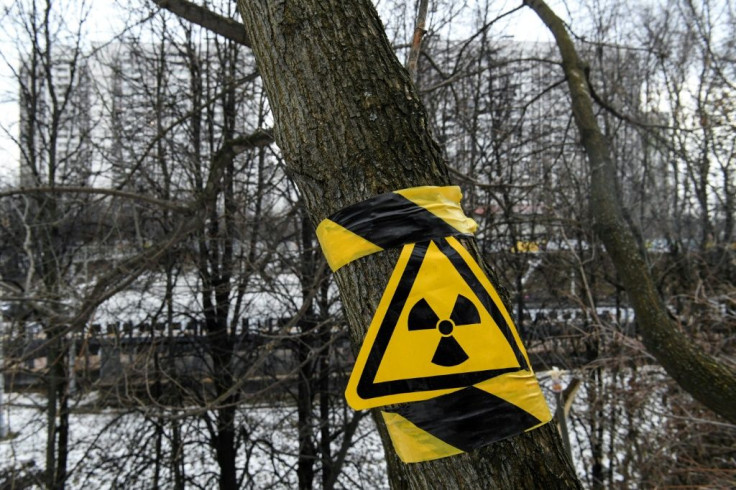'Highly Radioactive' Capsule Goes Missing In Australia, Sparks Radiation Alert
A tiny radioactive capsule that went missing between the town of Newman and the city of Perth in Australia while being transported by a truck to a storage facility has sparked a radiation alert in the area.
The small widget, 6mm (0.24 inches) in width and 8mm (0.31 inches) in length, was being transported in mid-January from Rio Tinto Group's Gudai-Darri iron ore mine near Newman when it dropped onto the roadway stretching for about 1,400-kilometer (870-mile), Al Jazeera reported.
The "highly radioactive substance," used in a radiation gauge on the mine site, was discovered missing on Jan. 25, nine days after the cargo navigated the route, as per The Conversation.
The tiny capsule contains cesium-137, a radioactive isotope that emits radiation equal to 10 x-rays per hour. It doesn't pose an immediate threat to passersby but one can receive a radiation dose of around 1 millisievert, resulting in burn or sickness in case of long-term exposure.
The Rio Tinto Group has since apologized for the incident. "We are taking this incident very seriously," Rio Tinto's iron ore division chief Simon Trott, said in a statement Sunday. "We recognize this is clearly very concerning and are sorry for the alarm it has caused in the Western Australian community."
The statement added the agency engaged a third-party contractor, with appropriate expertise and certification, to safely package the device for transport off-site ahead of receipt at their facility in Perth, according to Reuters.
The agency added the capsule was packed in compliance with the radiation safety transport and regulations inside a box bolted onto a pallet, which they believe came loose due to the vibration of the moving truck.
"We believe the vibration of the truck may have impacted the integrity of the gauge, that it fell apart and the source actually came out of it," said Dr. Andrew Robertson, chief health officer for Western Australia. "It is unusual for a gauge to come apart like this one has."
A hazard management team has been deployed to the site and portable radiation detection devices were brought in to carry out the daunting task of finding out the tiny gizmo. The teams launched a search along a 22 miles stretch of the highway where dangerous goods to and from mine sites are routinely transported.
"What we're not doing is trying to find a tiny little device by eyesight," Superintendent Darryl Ray noted, confirming the teams were focusing on populated areas north of Perth and key sites along the Great Northern Highway.

© Copyright IBTimes 2024. All rights reserved.












